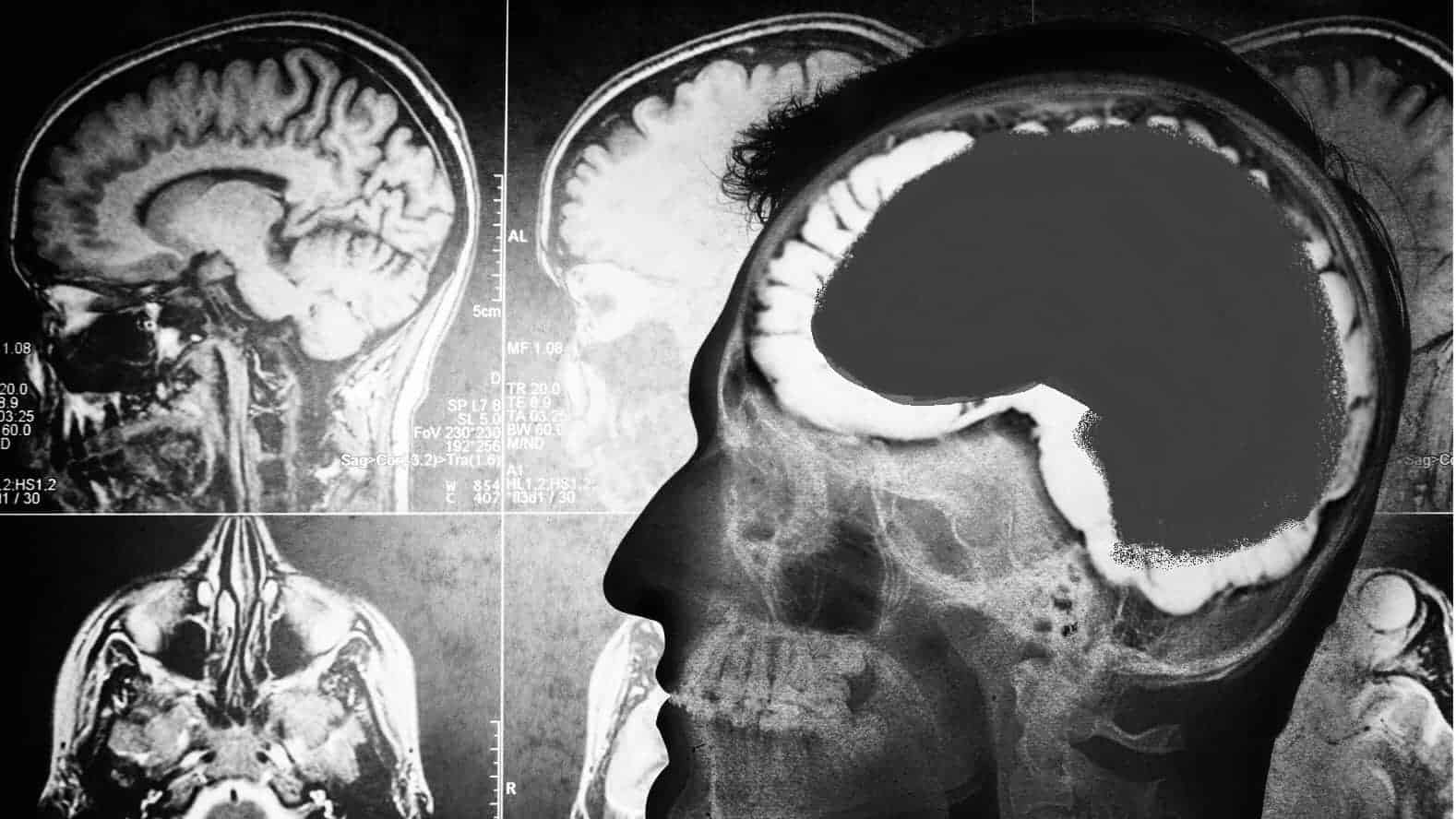What if you could live a normal life while missing 90% of your brain? In 2007, scientists took interest in a 44-year old French man who went to the doctor complaining of a pain in his leg. This might sound quite ordinary and uninteresting, but this man actually had the same issues growing up resulting from the ventricles in his brain filling with cerebrospinal fluid. Because of this issue, his life would forever change, but would give us invaluable information about our brains and the evolution of consciousness.
Man Missing 90% Of His Brain Challenges Everything We Thought We Knew About Consciousness
Upon visiting the doctor with this same problem as an adult, they decided to scan his brain to see if this might explain his leg pain. Shockingly, they found that his ventricles had swollen up so much with fluid that they had taken over his brain, leaving only 10% of it left. This thin cortical layer of neurons allowed his brain to function normally, despite him not being able to use most of his brain any longer.
Even though the man couldn’t use most of his brain, he had full consciousness and lived a vibrant, rich life. He worked as a civil servant and was married with two children, not at all aware of the fact that he only had 10% of his brain left. In this case, maybe ignorance is bliss after all.
However, this phenomenon left many scientists baffled as to how he could live without the parts of his brain that governed vital bodily functions. This example showed scientists and the world at large that we can indeed live without much of our brain, and that our consciousness lies somewhere outside of us. Furthermore, the man’s story challenged previous theories about how the brain works, and how it houses our awareness of the world around us.
Neuroscientists have stood behind the idea that the thalamus, which sends sensory signals to the cerebral cortex, had a key part to play in our consciousness. Research shows that any damage to this sensitive part of the brain may cause people to go into a coma, and one team of scientists actually “turned off” an epileptic patient’s consciousness through electric stimulation.
Researchers have also found that a person could lose consciousness by using electric stimulation to interfere with a part of the brain called the claustrum, which actually communicates closely with the thalamus.
So, given these facts, the idea that the French man could live a normal life with just a fraction of his brain is not at all farfetched. This greatly challenges any past theories about the idea that consciousness lies within the brain, and that we can’t experience life in the same way without its full functioning. Other researchers have claimed, however, that we don’t necessarily need to have all the parts working in order to have consciousness, but rather, that we need the neurons to properly communicate with one another.
For example, this study about neural activity patterns that help us form thoughts found that neurons actually don’t take the most direct route when communicating, but instead explore every option before sending a signal, making communication a very complex process. This idea explains the theory coined by Axel Cleeremans, called the “Radical Plasticity Theory”, which proposes that consciousness comes about due to the brain constantly reflecting on itself in order to learn, or relearn, how to become more self-aware.
Related article: 5 Ways To Hack Your Brain
Obviously, we have so much to learn regarding how the brain works and how it relates to consciousness, but the French man certainly can give us some insight into the matter. While many scientists have conflicting theories, some lean toward the idea that consciousness resides somewhere outside the brain. Considering the story you’ve just read about the French man, this theory might just make sense, even if we can’t wrap our heads around it just yet.

















